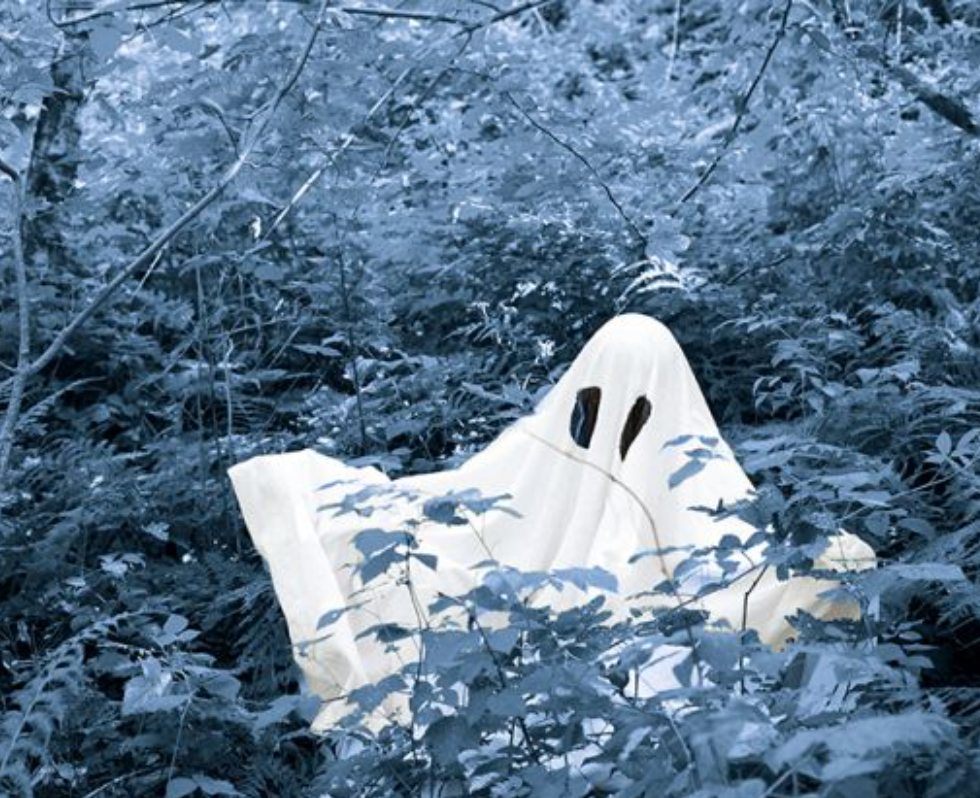If you’ve ever wondered about the crazy facts, creepy stories, and…other aspects of Vanderbilt and its history that Admissions won’t touch with a ten-foot pole, you’ll love this great list of weird stuff I found on the internet! From the Scooby-Doo equivalent of insurance fraud to secret government science projects to, uh, some technicalities about trees, here are MCL’s top five urban legends that are actually, probably, true.
1. Cornelius Vanderbilt may have been the victim of a paranormal inheritance scheme.

The Commodore’s involvement with spiritualism was long, eventful, and occasionally scandalous. I cannot recommend strongly enough this fascinating article that deals with it more extensively. After the Commodore’s death, he left around 95% of his considerable estate to his son William, leaving comparatively little to his one other surviving son and nine daughters, according to Wikipedia (but it’s totally reputable, I swear). Three of the children sued, stating that their elderly father was not in his right mind and unduly influenced by William when he drew up the will and therefore it was not valid.
The juiciest of these allegations was that William paid a spiritualist employed by Cornelius, a Mr. Stoddard, to claim that William was the only trustworthy child who should inherit, and that the rest hated him and eagerly awaited his demise. Stoddard reportedly followed orders, going into a “trance” and pretending to channel the spirit of William’s dead mother Sophia, Cornelius’ first wife.
Although the disputing children lost the case after a two-year trial (Cornelius had always been noted for his incredibly strong, stubborn will and William had served as operations manager of his business empire in his final years), their brother did afterward grant his siblings a greater share of his inheritance, probably to avoid further scandal but hopefully also out of some positive fraternal feeling. As for the truth of the matter with the lying psychic, now only the ghosts know for sure.
2. There’s a (possibly) haunted cemetery on Vanderbilt campus.

On the topic of the undead, you may have noticed that there are a few statues, plaques, and other features resembling actual gravesites on campus. The fabulously named Bishop Holland Nimmons McTyeire, who has been called the driving force behind the founding of Vanderbilt University, is interred in a cemetery behind the Divinity School along with his wife, Amelia Townsend; Landon Garland, Vandy’s first chancellor; and several prominent bishops from the area whose graves Bishop McTyeire actually had moved to campus soon after its founding. (Gross.)
Chancellor Kirkland’s 1893 inaugural address noted of McTyeire, “[U]nder the shade of magnolias that his own hand planted, he sleepeth well.” McTyeire’s headstone–though luckily not his remains, and hopefully not his ghostly emanation–wandered Vanderbilt campus quite a bit after his burial, finally ending up in the Office of the University Chaplain and Religious Life in 2014. And yes, there are nonspecific rumors of his cemetery being haunted.
Unfortunately for anyone of the gothic persuasion among MCL’s readership, there’s no official map of the gravesites, headstones, and other memorials on Vanderbilt campus, but if there is a zombie apocalypse we have to assume the campus epicenter would be the Divinity School cemetery, meaning the undead would probably reach freshman housing in the order of Towers, Branscomb, and finally Commons, and optimistically they might be prevented from reaching Commons by traffic on 21st Avenue. Just another perk to living in Towers!
3. The Free Electron Laser was originally built to defend against missile attacks.

The Vanderbilt University Free Electron Laser was originally developed by the Department of Defense as part of a missile defense program. However, its medical capabilities were soon prioritized, and in 2000 it was one of only five FEL centers in the country and the only one equipped to perform, and successful in performing, surgical operations. That year, in the first ever clinical use of such an instrument, a surgical team led by Dr. Michael Copeland used the FEL to remove a three centimeter-wide section of a golf ball-sized tumor on the surface of a woman’s brain.
The patient, 78-year-old Virginia Whitaker from Kansas City, wasn’t frightened by the fact that she was the first person ever to undergo such a procedure; in fact, she said of the surgery, “I think it’s a wonderful opportunity to help other people in my situation as well as to help the doctors learn more. That’s why I did it….For me, this had to be done no matter what, so it’s good that maybe it can help other people too.”
4. There’s a colony of monkeys in Wilson Hall.

Macaques, specifically. The monkeys are housed in an AAALAC-accredited animal care facility and used in psychology research. Since this Top 5 is very much not a robust or possibly even accurate academic source, you can learn much more about the Schall Lab’s monkey business at http://www.psy.vanderbilt.edu/faculty/schall/projects/. There appear to be three major projects running, along with some collaborative projects on the side; the major projects involve the neurological activity underlying target selection (for example, finding a T among Ls or an L among Ts), neural control and monitoring of saccadic eye movements, and Stochastic models of cognition and neurons.
5. The Vanderbilt campus is (kind of!) an arboretum.

It’s complicated. Vandy was first called an arboretum in May 1879 by a publication called “Vanderbilt University Contributions 1878-79” found in the Vanderbilt University Special Collections and University Archives, which was, documentation-wise, the sole basis of its claims to arboretum-ness for most of its history. To be fair, there isn’t really one official definition of an arboretum out there; several organizations that accredit them have been founded more recently, and they tend to have different criteria.
The Vanderbilt arboretum really is impressive. It hosted 6,181 labeled trees in 2013, the oldest and most iconic being the Bicentennial Oak, which was alive during the Revolutionary War. The arboretum website is pretty cool and includes a list of “Ghost Trees of Vanderbilt Past,” which is wonderfully dramatic. (The URL is also excellent.)
In 1988 Vandy was registered as an arboretum with the American Public Gardens Association, and in October 2020 it received Level II out of IV accreditation from ArbNet, an international arboretum certification organization. Initially I thought that Level I was the pinnacle of academic arboriculture and therefore we aren’t far off, but in reality, the highest level of achievement is Level IV. (Harvard has it. Grr.) Achieving Level II does of course have some impressive and stringent criteria, but as I am not an arboriculturalist I was distracted laughing at the requirement that there be “one or more arboretum employees.”
Nowhere on the ArbNet website could I find the term “national arboretum,” and ArbNet is, in fact, an international organization. Furthermore, my research suggests that while there exists the US National Arboretum in DC, being a national arboretum…isn’t a real thing. Lacking the patience for such fine distinctions, the Vanderbilt official website does in fact state that we are a national arboretum; finding this hilariously bold and completely unqualified claim was the highlight of my research. (If it’s not there when you read this, it means someone in Admissions read my article and edited it out, in which case on one hand I’m flattered and thank you for reading, but on the other hand you are now my enemy and shall remain so until death.)
If you want more information, you can check out this great Hustler article on the subject! Tree geeks.
Bonus! Two more wild stories…

6. In other Cornelius news, Cornelius Vanderbilt apparently once said, “If I had learned education I would not have had time to learn anything else.” This makes slightly more sense when you consider the various sources stating that he funded the university at his second wife’s request. Fascinatingly enough, the admissions website also attributes to him the quote, “Though I never had any education, no man has ever felt the lack more than I have, and no man appreciates the value of it more than I do and believes more than I do what it will do in the future.” Is this evidence of character growth? Character deterioration? Who knows; I couldn’t find dates for the quotes.

7. Al Gore dropped out of Vanderbilt twice, first failing out of the Divinity School and then leaving Vandy’s law school, and he was particularly badly at college science. Apparently he and Bill Clinton “shared one surprising trait from their school years, a tendency to procrastinate on subjects that did not enthrall them and then cram at the last minute.” Same. Check out this Washington Post article for a more complete account of his trials and travails; I hope it gives the chem students some comfort, or at least dulls the pain. We probably should’ve published this closer to midterms.








































